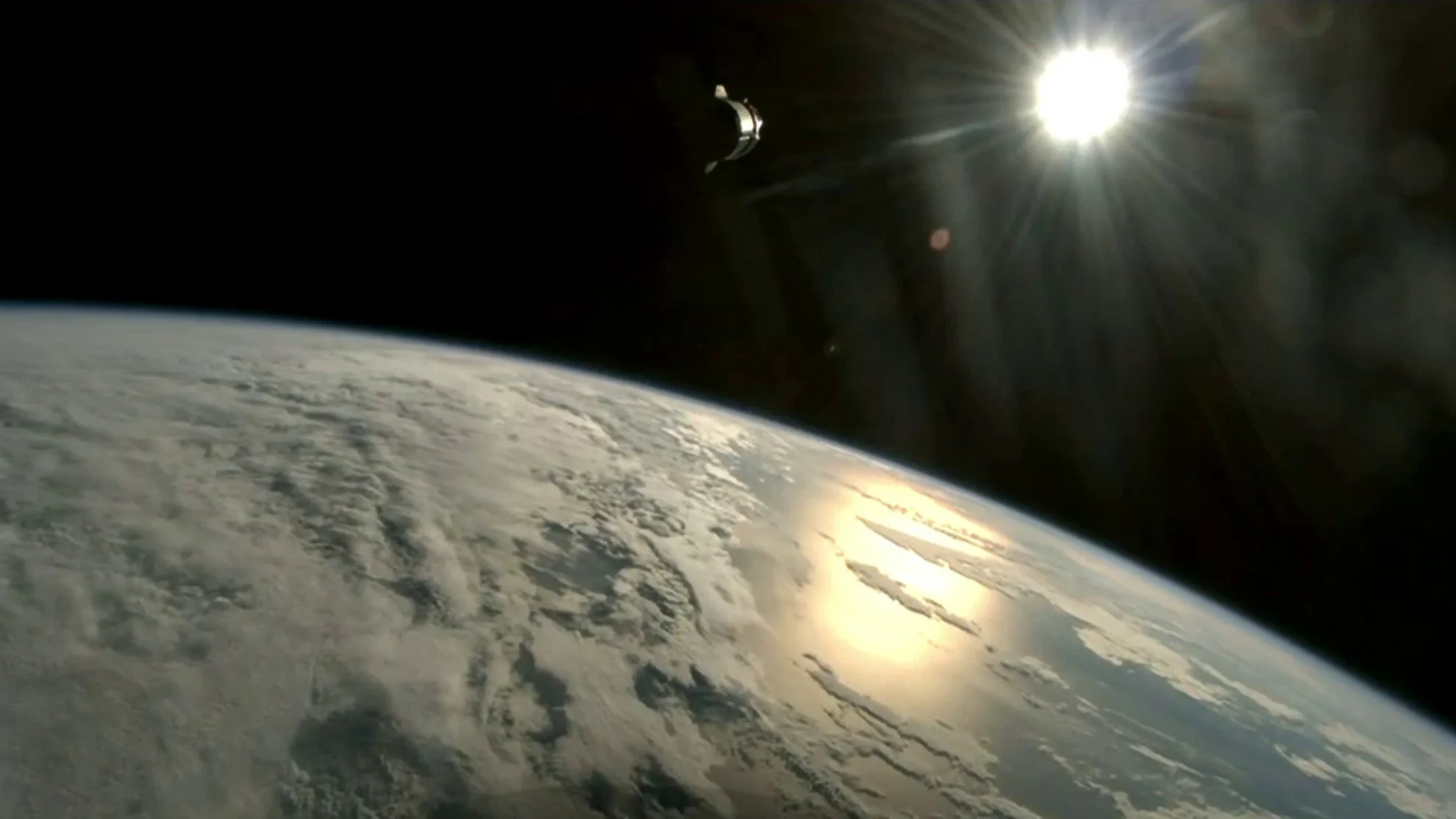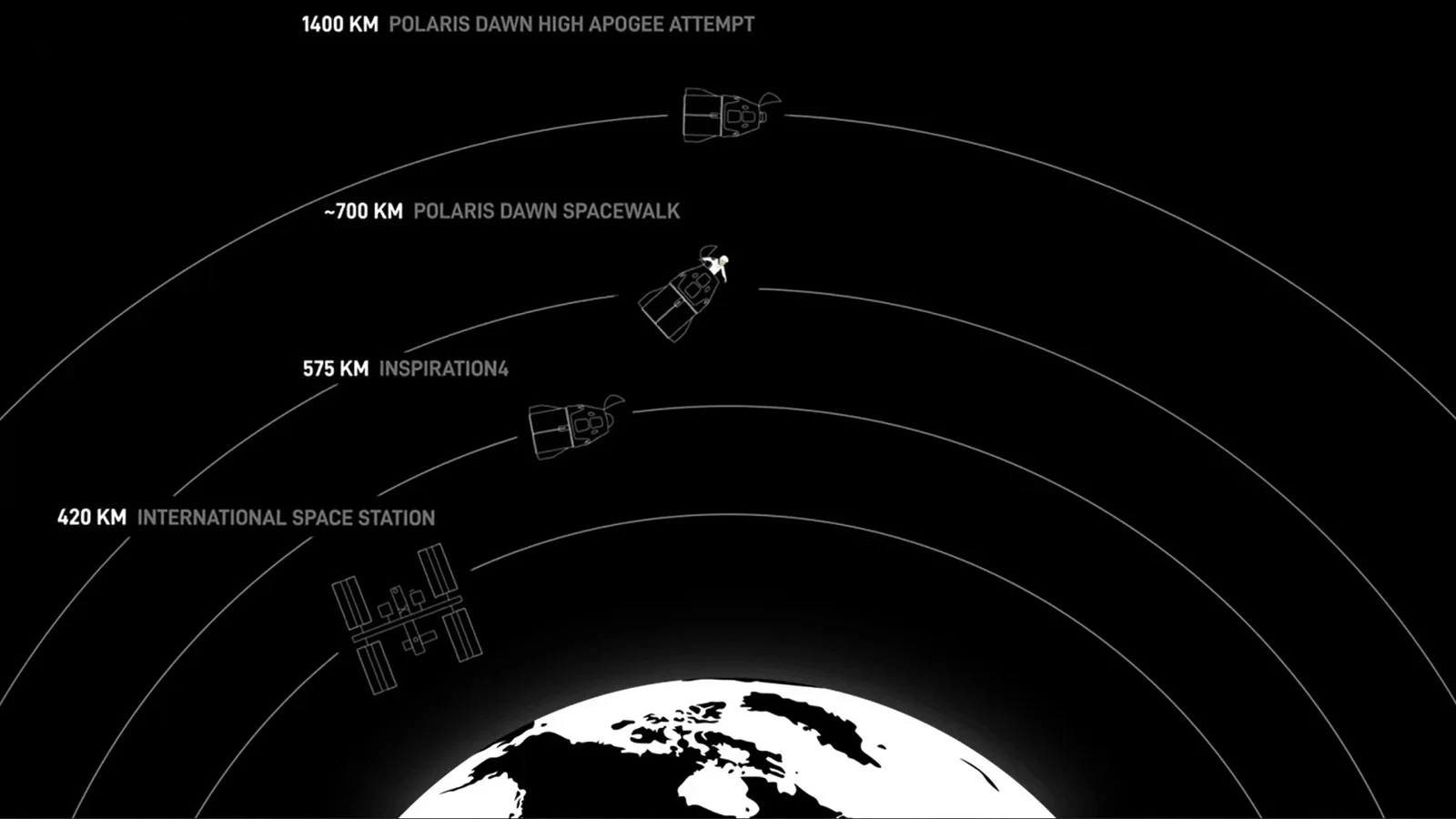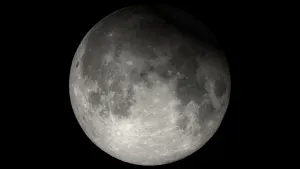
After many delays, Polaris Dawn launches on historic space mission
Four civilian astronauts are now orbiting the Earth, ready to set new records in human spaceflight.
Polaris Dawn, the second fully private mission for SpaceX, is set to stretch the boundaries for human spaceflight, including achieving the farthest orbit around Earth and the very first civilian spacewalk.
At 5:23 a.m. EDT, on Tuesday, September 10, 2024, after two weeks of enduring delays, the crew of the Polaris Dawn mission finally blasted off from Launch Complex 39A at NASA's Kennedy Space Center in Florida. Transported to orbit on board the Crew Dragon spacecraft, Resilience, is SpaceX's second all-civilian astronaut crew.

A SpaceX Falcon 9 rocket booster dispels the pre-dawn darkness around Launch Complex 39A at Kennedy Space Center as it blasts off, carrying the Crew Dragon Resilience and its four civilian crew members into space. (SpaceX)
Commanding the mission is billionaire philanthropist Jared Isaacman, who previously led SpaceX's Inspiration4 mission in 2021. His crew consists of Mission Pilot Scott "Kidd" Poteet, a retired U.S. Air Force Lieutenant Colonel, Mission Specialist Sarah Gillis, who oversees SpaceX's astronaut training program, and Mission Specialist and Medical Officer Anna Menon, who manages the development of SpaceX's crew operations in addition to her duties as Mission Director and crew communicator in SpaceX mission control.
While Polaris Dawn is the second trip to space for Isaacman, this is the first human spaceflight for Poteet, Gillis, and Menon.

A camera on board the Falcon 9 second stage shows Crew Dragon Resilience as it hangs over the curved limb of the Earth, with a spectacular view of our planet below and the Sun shining bright in the darkness of space beyond. (SpaceX)
Now in orbit, the Polaris Dawn crew will spend the next five days in space before splashing down off the coast of Florida.
During the flight, they will conduct a total of 36 different science experiments. Some of these will be performed while the crew sets a new record for the farthest orbit around Earth, as Resilience takes them up to 1,400 kilometres out into space, where they will briefly fly through the planet's Van Allen radiation belts. That distance will break the record set by the Gemini 11 crew, back in 1966, by about 30 kilometres.

This graphic shows the distances the Polaris Dawn mission will be from Earth during two mission objectives, compared with the altitude of the International Space Station and SpaceX's first private mission, in 2021, Inspiration4. (SpaceX)
The rest of the experiments will be conducted while in low-Earth orbit, at altitudes of between 190-700 kilometres. For comparison, the orbit of the International Space Station is typically at around 420 kilometres above sea level.
On Thursday, September 12, while in that lower orbit, the crew plans to don their spacesuits and depressurize the Crew Dragon capsule, so that Isaacman and Gillis can exit to perform the very first private astronaut spacewalk.

This artist's conception drawing shows a Polaris Dawn private astronaut exiting the Crew Dragon spacecraft for the first ever civilian spacewalk. (SpaceX)
"After more than two years of training, we are excited to embark on this mission," Isaacman said in a press release back in August. "We are incredibly thankful for this opportunity and to the thousands of SpaceX engineers who have contributed to this endeavor. We hope the results from our mission will accelerate SpaceX's vision to make life multiplanetary and support St. Jude Children's Research Hospital and its efforts to improve global survival rates for childhood cancer and other life-threatening diseases. Throughout our mission, we will aim to inspire humankind to look up and imagine what we can achieve here on Earth and in the worlds beyond our own."
Stay tuned for more updates.










